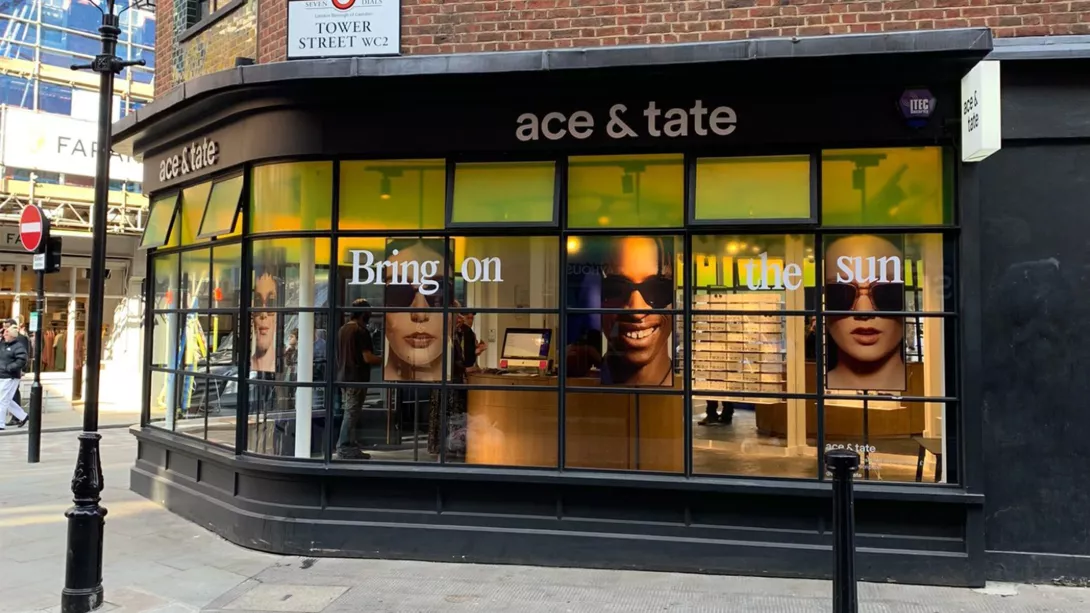Place du Nouveau Marché aux Grains 10
Nieuwe Graanmarkt 10
1000 Brussels
Nieuwe Graanmarkt 10
1000 Brussels
contact@mad.brussels
+32 2 880 85 62
+32 2 880 85 62

"At an entry-level level, graphic design should really be a playground. Don't be afraid to break something."
Bruce Vansteenwinkel
How important is a strong brand identity today? And how do you define this identity for your fashion or design brand?
MAD talked about it with Bruce Vansteenwinkel, Graphic Designer at Base Design Brussels.